How To Get Rid Of Fairy Knots In Natural Hair
Using the right products and following some washing practices can work wonders!

Image: Shutterstock
Finding fairy knots in natural hair is quite common. They may sound sweet and cute, but in reality, fairy knots are an absolute terror for wavy, curly, and kinky hair. If you are wondering what they are, let us explain. Fairy knots develop in a single hair strand. If you run your finger across the length of the strand, you may notice a snag or a tangle – as if the strand is looped around itself.
Fairy knots or trichonodosis can affect any hair type. However, it is prevalent in natural hair types and is mostly caused by improper combing or scratching. These single-strand knots can be annoying and, if ignored, may lead to bigger knots and tangles and cause hair breakage. You may feel the urge to trim the knots but wait. We have a better solution. Scroll down to learn hacks to get rid of fairy knots and ways to prevent them.
In This Article
What Are Fairy Knots?
A fairy knot is also known as a single strand knot, is created when a single hair strand knots and tangles around itself. Fairy knots can appear in all hair types, but natural hair (type 3 and 4) is more prone to it. This becomes an annoyance when you have split ends. The knots often pull the surrounding strands, causing bigger knots, spelling trouble for your hair.
Your hair is more susceptible to knotting if it is dry and has weathered ends. In the following section, we have explored the causes of fair knots.
Causes Of Fairy Knots
There are several reasons to get fairy knots:
- Kinky and coily hair is prone to tangles and gets fairy knots easily.
- Hair shedding can be one possible reason. The loose strands may get tangled with another hair strand, creating tiny knots.
- Raised hair cuticles cause moisture loss and dryness, making the hair prone to fairy knots and tangles.
- Friction while sleeping and caused by hair manipulations and shampooing techniques may cause this kind of knots.
- Using fine-toothed combs can pull the hair and cause friction and fairy knots.
- Chemical-based hair products with drying ingredients may further dry out the hair and make it prone to knotting.
These single-strand knots can easily lead to bigger knots and tangles if other healthy strands of hair latch on to them. Hence, you need to act upon it as soon as you spot a fairy knot. Here is what to do.
What To Do If You Spot A Fairy Knot
You can:
- Undo The Fairy Knots: Use a needle to pull out the trapped hair slowly.
- Trim The Knot: Trim right above the knotted area. This is fairly an easier way. You can also go for regular trims to minimize knots.
A survey comprising 684 men and 925 women revealed that even though women get fewer haircuts than men, they still end up paying more than them. The average annual spending on haircuts is £135 for women, which is nearly twice the £70 for men. This disparity could be due to the complexity of women’s hairstyles and the choice of salons between the genders.
 Quick Tip
Quick TipWhen it is about managing fairy knots, prevention is always better than cure. Here are a few tips to start with.
How To Get Rid Of Fairy Knots In Natural Hair
These knots can be treated at home easily, ahead are some of the effective ways to prevent and treat those stubborn fairy knots.
1. Detangle Your Hair
Apply a deep conditioner to your hair and then work by sections using a detangling brush. The conditioner provides a slip that helps detangle curly hair easily. Deep conditioners moisturize the strands and soften them, preventing tangles and Single-Strand Knots.
2. Use Protective Hairstyles
Protective styles keep the hair ends tucked away, preventing single strand knots. You can stretch the hair and then style it accordingly. If you are comfortable wearing a loose hairstyle, stick to styles that stretch your hair, such as braids or twist-outs. This minimizes the chance of getting Single-Strand Knots.
3. Protect Your Hair While Sleeping
Most of the time, Single-Strand Knots develop during your sleep.
When you twist and turn, the pillowcase cause friction, causing Single-Strand Knots. To prevent that, braid or twist your hair before sleeping. If possible, cover your head with a satin scarf or use a satin pillowcase to minimize friction.
4. Oil Your Hair
Oil your hair
ends regularly to prevent dryness. Lubricating the strands reduces friction between the hair fibers, minimizing the chance of hair looping around itself.
On another note, Tonya Lane, a cosmetic chemist, and YouTuber has tried various methods for fairy knot prevention like oil rinse, about which she says, “I highly recommend oil rinsing with either olive oil avocado sweet almond jojoba like those oils are very rich and great for our hair (i)”.
5. Use The Right Hair Care Products
Natural hair is dry and prone to damage. Use products that contain natural oils and herbal extracts. Avoid those that contain alcohol as it may dry out your hair. Use serums, heat protecting sprays, and hair masks to keep your locks nourished and hydrated.
6. Avoid The Wash-And-Go Technique
The wash-and-go technique defines and enhances your natural curl pattern without any styling and manipulation. However, it also increases the chances of single-strand knots.
 Pro Tip
Pro Tip7. Do Not Cleanse Your Hair In Circular Motions
While shampooing, do not move your hands in circular motions all over your hair. Instead, move the fingers to massage the scalp gently. Rinse your hair in a downward motion, allowing it to stretch out as much as possible and be tangle-free.
Fairy knots in natural hair are a common and annoying issue. While natural hair is prone to knots and tangling issues, it is a sign that your hair is screaming for attention if you notice fairy knots quite frequently. You can go for trimming every 2-3 months. This will help minimize knots, split ends and keep your hair healthy. Maintaining a proper hair care routine goes a long way in preventing knots. You may follow the tips discussed in the article to prevent fairy knots and keep your hair smooth, hydrated, and nourished.
Frequently Asked Questions
Why are they called fairy knots?
Knots that develop on a single strand of hair are popularly referred to as fairy knots because of their tendency to appear out of nowhere, without a sign, as if by magic by a fairy.
Why do I have fairy knots?
Fairy knots are a sign that your hair lacks moisture and is not combed and maintained properly. These knots may appear in all hair types but are more common in curly hair with split ends (because curls coil around the strands and make them more susceptible to fairy knots).
Key Takeaways
- A fairy knot or a single strand knot occurs when a single hair strand tangles around itself.
- Curly or kinky hair is more susceptible to fairy knots.
- Some people may experience it from frequently combing with fine-toothed combs or due to hair shedding.
- You can eliminate fairy knots by detangling your hair, using oils, or employing proper hair care techniques.
This video unravels the mystery of fairy knots and single-strand knots. Learn expert techniques and tips to prevent and manage these pesky knots. Check out the video to keep your hair smooth and flowing.
Personal Experience: Source
StyleCraze's articles are interwoven with authentic personal narratives that provide depth and resonance to our content. Below are the sources of the personal accounts referenced in this article.
(i). FAIRY KNOT PREVENTION METHODS FOR LONGER NATURAL HAIR!https://www.youtube.com/watch?v=Scj6bYx5_gg
Read full bio of Anjali Sayee
Read full bio of Monomita Chakraborty






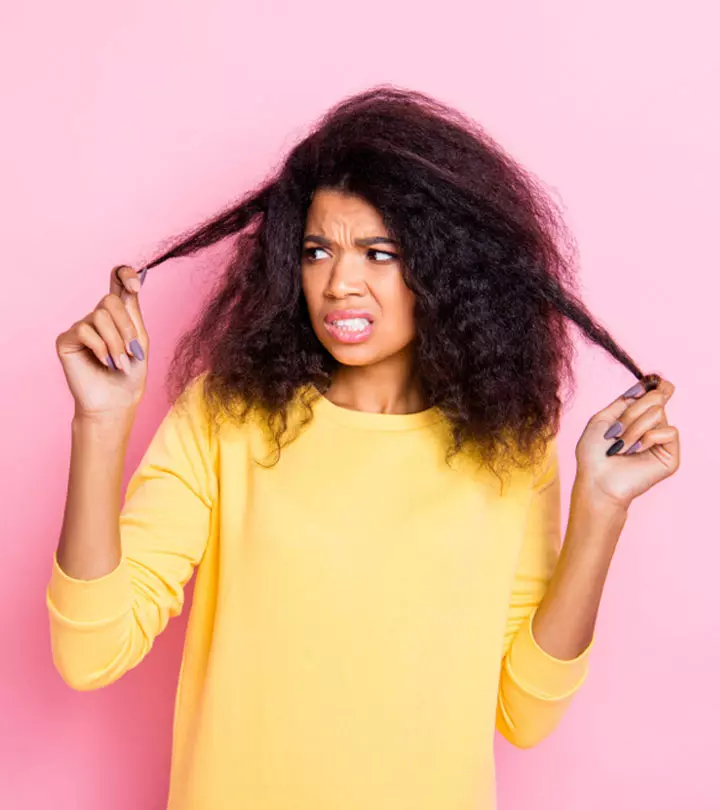


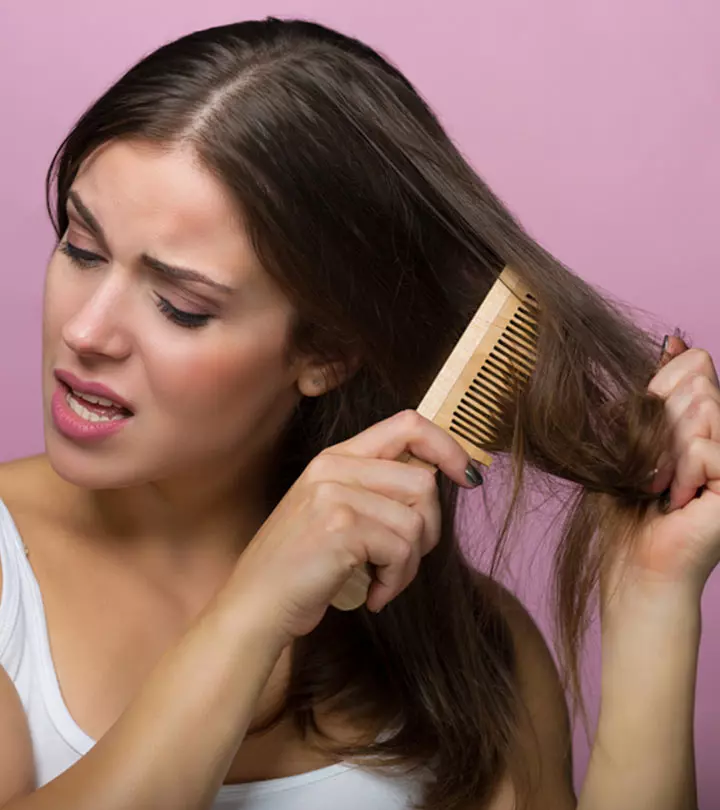







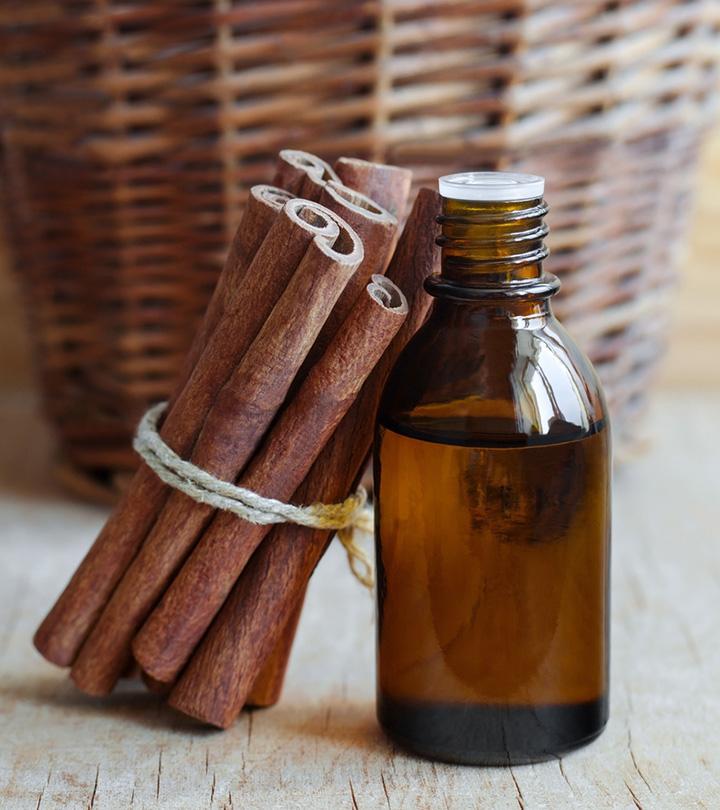
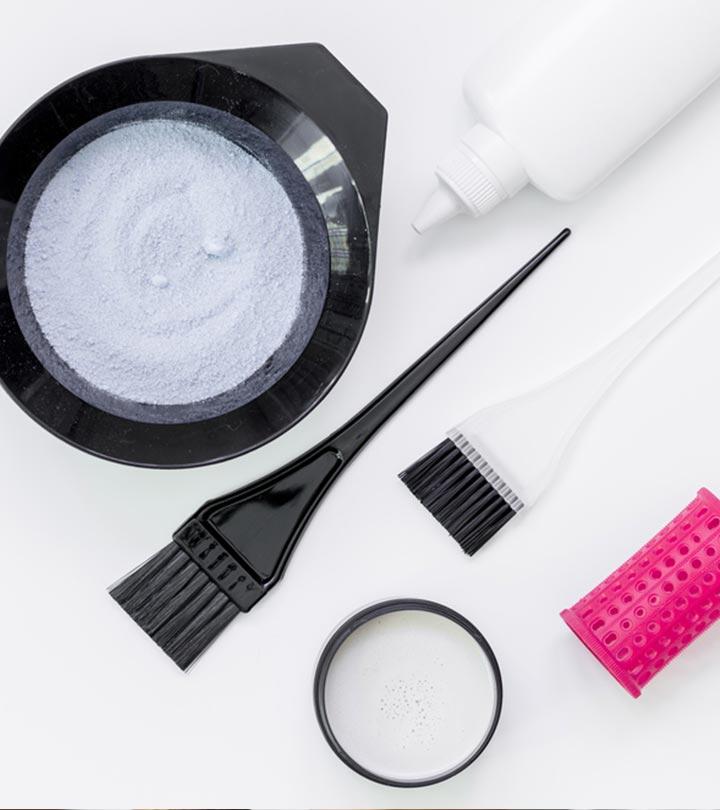


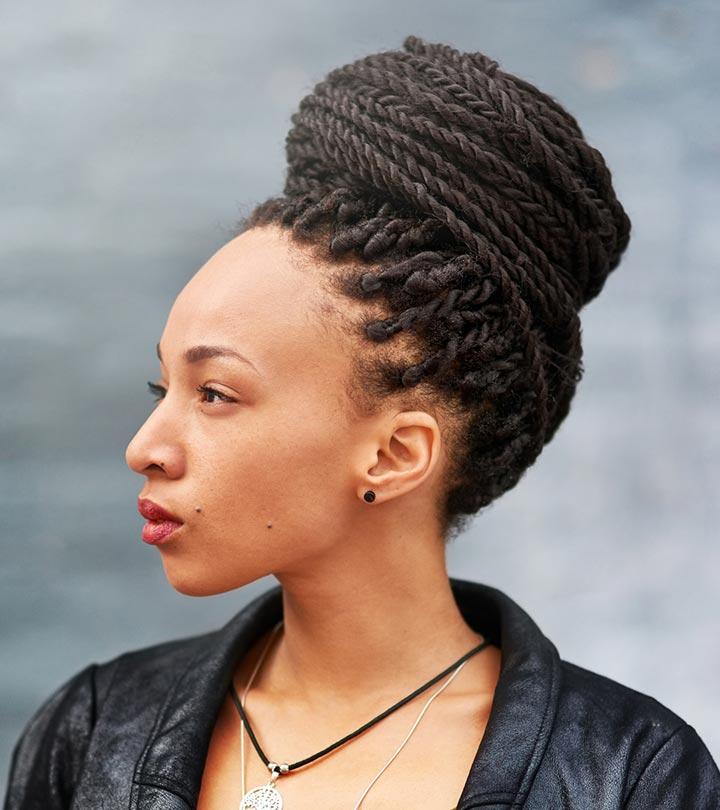

Community Experiences
Join the conversation and become a part of our empowering community! Share your stories, experiences, and insights to connect with other beauty, lifestyle, and health enthusiasts.